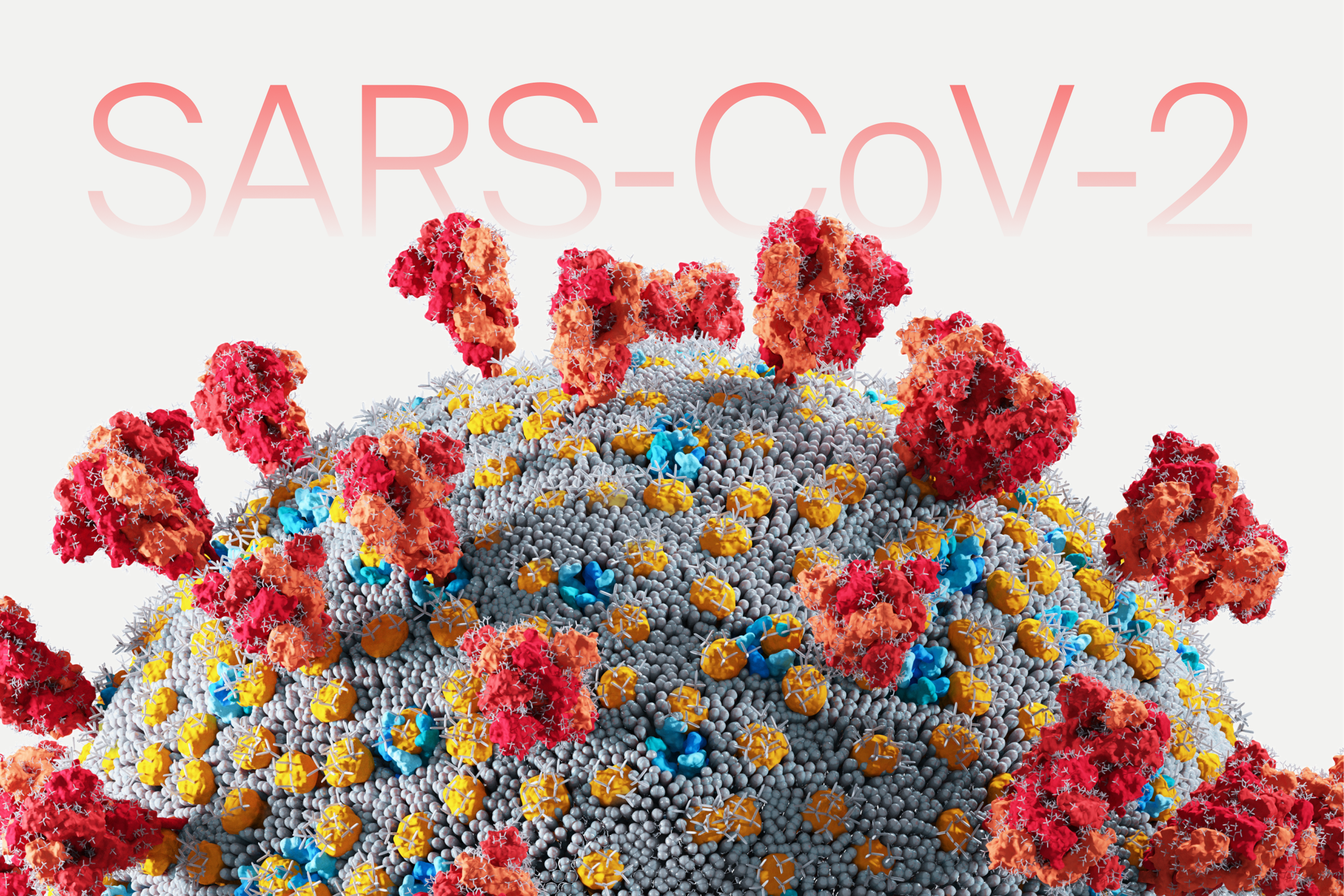New research shows link between long COVID and mitochondria
New study reveals COVID's impact on mitochondrial genes and energy production, which may contribute to the development of long COVID.

Disclaimer: Mitopure has not been studied in the treatment or prevention of COVID, and thus, no recommendations can be made for using Mitopure for the treatment or prevention of COVID. This article is for informational purposes only and is not intended to replace the guidance from a medical professional.
It’s been over three years since the emergence of COVID-19. In the wake of the outbreak, the global scientific community rallied with unprecedented speed and collaboration to understand the intricate workings of the novel coronavirus in an effort to develop life-saving treatments and vaccines.
Science still has much to learn about this devasting virus, especially in terms of why some people get the lasting symptoms associated with long-covid. Now research published Wednesday, August 9th, in Science Translational Medicine takes us another step closer to understanding this.
Mitochondria and disease link
Often referred to as the “powerhouse of the cell,” the mitochondria are responsible for creating most of the energy our cells need to function. As a result, they are foundational to our health and well-being.
It is well known that mitochondrial decline is a hallmark of the aging process [3]and that mitochondrial health has been linked to many age-related chronic conditions.[1]And inflammatory viruses, including Epstein-Barr and the hepatitis virus, can disrupt mitochondrial physiology, interfering with energy metabolism.[2]So, it is not surprising that SARS-CoV-2, the virus that causes COVID, could impact mitochondrial function and play a role in symptomology.[4]
Long COVID and mitochondrial genes
Early work has shown that SARS-CoV-2 can change the structure of the mitochondria, impacting energy metabolism. It has also been suggested that people suffering from long COVID may have had sub-optimal mitochondrial function prior to infection, which might make them more vulnerable to “tipping” into a chronic inflammatory state.[5]
Now, a team of researchers out of the Center for Mitochondrial and Epigenetic Medicine at the Children’s Hospital of Philadelphia and the COVID-19 International Research Team may have unlocked a new piece to the long COVID puzzle. This latest study builds on earlier work looking at mitochondrial function and SARS-CoV-2, taking it a step further in defining the genetic mechanism that damages mitochondria.
Mitochondria have several genes that code for proteins necessary for energy production, and the researchers set out to examine the effects of SARS-CoV-2 infection on these genes. About 700 nasopharyngeal (upper nose and throat) swabs were analyzed, as well as autopsy tissues from the heart, lung, kidney, lymph, and liver of both infected and uninfected individuals. Animal models were also used as part of the study to support the research being done in human samples, which allowed the researchers to assess changes through the disease progression.
The study results
The team discovered that SARS-CoV-2 inhibited mitochondrial genes that produce proteins critical for making energy. This disruption leads to a cascade of events that alter energy metabolism and inflammation.
As the virus clears, mitochondrial gene expression in the lungs appears to recover, but the in the heart, liver, and kidneys, the mitochondrial function remains suppressed, which could be an explanation for the differing severity of symptoms ad a possible contributor to long COVID.
Alarmingly, mitochondrial gene expression was impacted in the brain as well, even though the brain cells were not infected with the virus, demonstrating the virus's ability to impact tissue far from the infection site.
This study marks another important step in identifying who may be at risk for developing long COVID and identifying therapies to help alleviate symptoms. It also clearly demonstrates the critical role the mitochondria play in inflammatory conditions and will hopefully spur continued research in the area of mitochondrial bioenergetics.
Authors

Author
Senior Manager of Nutrition Affairs

Reviewed by
Lead Regulatory Affairs & Scientific Manager Alliances at Timeline
References
- ↑
Haas RH. Mitochondrial Dysfunction in Aging and Diseases of Aging. Biology. 2019;8(2):48. doi:10.3390/biology8020048
- ↑
Alfarouk KO, Alhoufie STS, Hifny A, et al. Of mitochondrion and COVID-19. J Enzyme Inhib Med Chem. 2021;36(1):1258-1266. doi:10.1080/1Alfarouk KO, Alhoufie STS, Hifny A, et al. Of mitochondrion and COVID-19. J Enzyme Inhib Med Chem. 2021;36(1):1258-1266. doi:10.1080/14756366.2021.1937144
- ↑
López-Otín C, Blasco MA, Partridge L, Serrano M, Kroemer G. Hallmarks of aging: An expanding universe. Cell. Published online January 3, 2023. doi:10.1016/j.cell.2022.11.001
- ↑
Alfarouk KO, Alhoufie STS, Hifny A, et al. Of mitochondrion and COVID-19. J Enzyme Inhib Med Chem. 2021;36(1):1258-1266. doi:10.1080/14756366.2021.1937144
- ↑
Nunn AVW, Guy GW, Brysch W, Bell JD. Understanding Long COVID; Mitochondrial Health and Adaptation—Old Pathways, New Problems. Biomedicines. 2022;10(12):3113. doi:10.3390/biomedicines10123113

•
Nutrition•
Studies•
New Study: Mitopure Improves Muscle Health in Athletes

•
Nutrition•
Studies•






